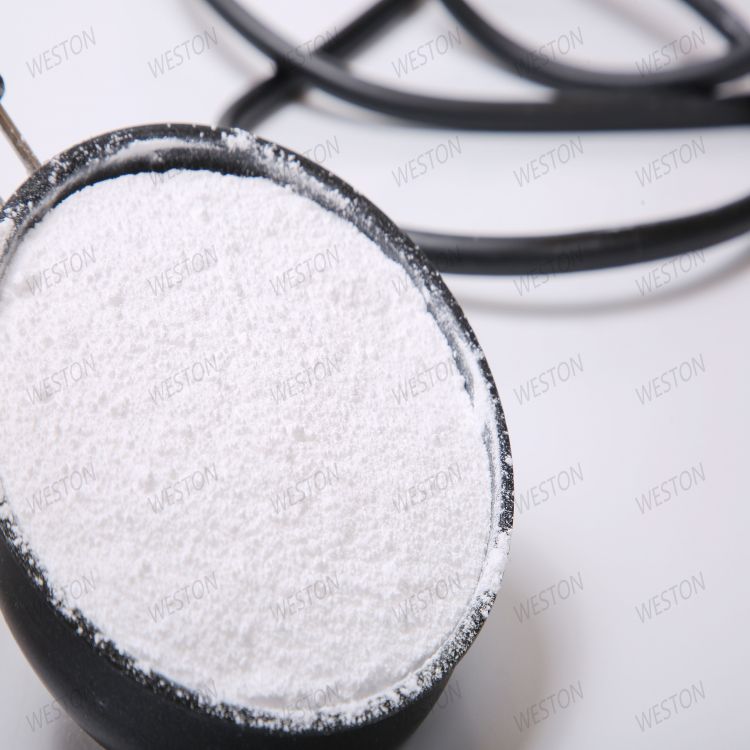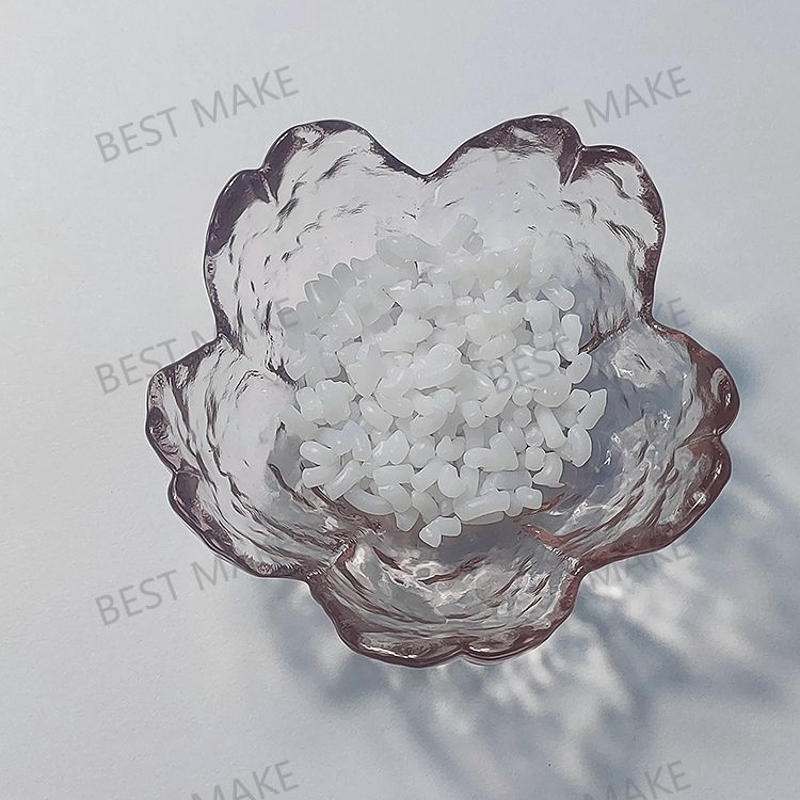-
Categories
-
Pharmaceutical Intermediates
-
Active Pharmaceutical Ingredients
-
Food Additives
- Industrial Coatings
- Agrochemicals
- Dyes and Pigments
- Surfactant
- Flavors and Fragrances
- Chemical Reagents
- Catalyst and Auxiliary
- Natural Products
- Inorganic Chemistry
-
Organic Chemistry
-
Biochemical Engineering
- Analytical Chemistry
- Cosmetic Ingredient
-
Pharmaceutical Intermediates
Promotion
ECHEMI Mall
Wholesale
Weekly Price
Exhibition
News
-
Trade Service
Microwave reactor is also called microwave organic synthesis reactor, which is a comprehensive microwave heating device, see Figure 22-33
Figure 22-33 Various types of microwave reactors
Microwave technology is applied to organic synthesis reactions, so that the reaction rate is tens or even thousands of times faster than conventional methods, and it can synthesize substances that are difficult to produce by conventional methods
(1) Principle of microwave heating
Microwaves are electromagnetic waves like radio waves, infrared rays, and visible light.
Microwave heating is the use of microwaves as an energy source.
In microwave synthesis, microwaves are directly coupled with molecules or ions in the reaction mixture, and the energy is transferred from the micro wave to the heated substance through dipole rotation or ion conduction, so that the energy in the reaction system increases rapidly
(2) Materials involved in the reaction and microwave power
In the reaction system, it is very important to fully consider the relationship between solvent polarity and microwave power
Table 22-3 The microwave absorption level of solvents commonly used in the reaction
Although Table 22-3 points out the microwave power commonly used by some solvents, it must be noted that the microwave power is not only considering the solvent, but also the ability of the reaction substrate and catalyst to absorb microwaves, the temperature to be reached in the reaction, and the reaction capacity, etc.
(Three) use
Use it in accordance with the operating instructions of different types of microwave reactors
(4) Safety instructions
(1) The volume of reaction solution: 10mL microwave tube (reactor), the best sample volume is 2~5mL, at least not less than 0.
(2) Be careful not to let the substrate or catalyst stick to the bottle wall to prevent the bottle from exploding due to local overheating
(3) For the sake of safety, the reaction that is prone to burst tube under the action of microwave field cannot be done
(4) It is forbidden to use microwave synthesis for reactions caused by strong volatile gases, such as ammonia, thionyl chloride , phosphorus oxychloride and volatile amines
DMF also decomposes at high temperatures, and its decomposition rate is proportional to temperature
(5) The maximum setting value of the reaction temperature should not exceed the boiling point of the solvent used by 50°C, and the reaction pressure should be within 20bar (preferably set within 10bar)
(6) Check whether the microwave reaction tube and lid are intact
(7) When reacting, you should use a thinner black oil-based marker to write a mark that is easy to identify on the upper side wall of the reaction tube
.
It is strictly forbidden to stick label paper on the side wall of the reaction flask to prevent local overheating
.
(8) When exploring the reaction conditions, start with the lowest power and gradually increase to the appropriate power
.
(9) It is strictly forbidden to turn on the microwave when there is no load in the furnace cavity to avoid damage to the magnetron
.
Do not put metal objects in the furnace cavity to avoid metal sparks
.
(10) When using the instrument, be sure to confirm the position of the reaction tube on the tube rack to avoid the suspension of the instrument due to the wrong position setting, which will affect the subsequent reaction
.
(11) When taking out the utensils from the oven cavity after the reaction, wear insulated gloves to avoid high temperature burns
.
(12) The microwave reaction time should not exceed 3h.
Long-term microwave reaction will accelerate the loss and aging of the instrument
.
(13) After bursting the tube, be sure to clean the microwave cavity and infrared probe, and check whether the microwave guide block is loose
.







